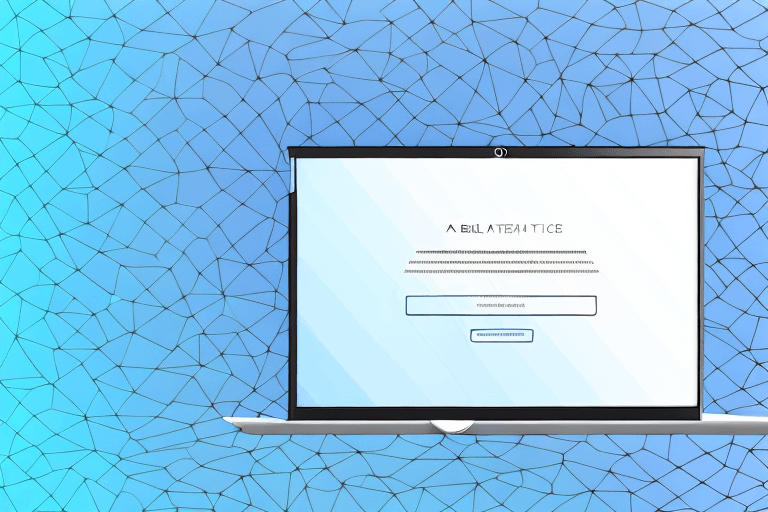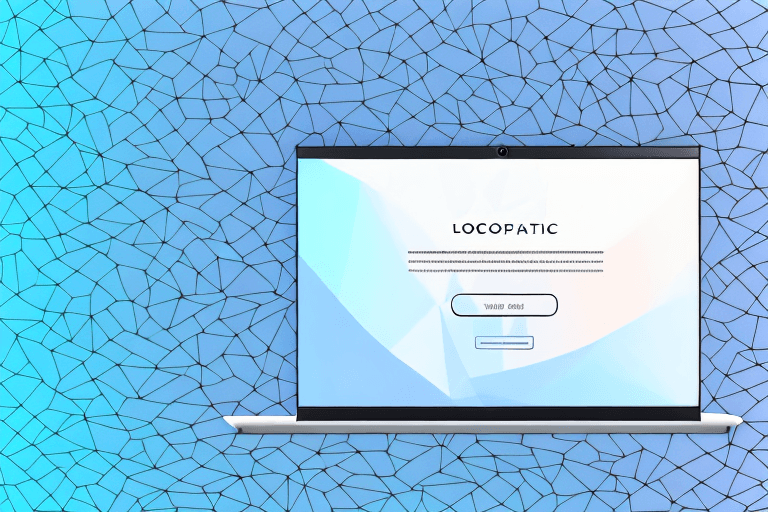Outreach emails are beneficial for several reasons: they enable a business to communicate with prospective customers, establish collaborations, or secure backlinks. However, writing effective outreach emails that elicit a response can be a daunting task. In this article, we will guide you through crafting a perfect outreach email template that yields results.
Understanding the Purpose of Outreach Emails
Before sending out any outreach emails, you should clarify your objectives. Outreach emails can serve different purposes, including sales and marketing, networking and collaboration, guest posting and content sharing, or event invitations and sponsorships. Once you identify your goals, you can develop a targeted email campaign with customized email templates that gain your recipient's attention.
However, it's important to note that outreach emails are not just about achieving your goals. They are also about building relationships and establishing trust with your recipients. Therefore, it's crucial to personalize your emails and make them relevant to your recipient's interests and needs.
Sales and Marketing Outreach
When it comes to sales and marketing outreach emails, the primary objective is to convert your potential customers into buyers. Your outreach emails should be persuasive and informative, addressing your recipient's pain points and offering solutions. Personalizing your emails is essential to establish trust and credibility with your recipients.
It's also important to follow up with your recipients after sending the initial outreach email. A well-timed follow-up email can remind them of your offer and increase the chances of conversion.
Networking and Collaboration
Networking and collaboration outreach emails focus on establishing relationships with businesses and individuals that align with your interests. Collaboration is beneficial for expanding your outreach and increasing your brand awareness. In your outreach email, make sure to specify how you can add value to each other's businesses or projects.
One effective way to establish a relationship with your recipient is to offer them something of value before asking for anything in return. For example, you can share their content on your social media platforms or offer them a free consultation.
Guest Posting and Content Sharing
Gaining backlinks through guest posts is an effective SEO strategy to gain online visibility. Your outreach emails should highlight the relevance of your website or blog to the recipient's audience, and the benefits they can gain from your contribution. Including relevant statistics or examples of your previous successful guest posts can increase the chances of acceptance.
It's important to note that guest posting is not just about gaining backlinks. It's also about providing value to the recipient's audience and establishing yourself as an expert in your niche. Therefore, make sure to offer high-quality content that is relevant and informative.
Event Invitations and Sponsorships
If you're hosting an event or sponsoring one, outreach emails can help to generate interest and attract participants. Your outreach email should include all the necessary details, including the event's date, location, and purpose. Highlight any unique features of the event or benefits of sponsorship that will appeal to your recipient.
It's also important to make your email visually appealing and easy to read. Use bullet points and images to break up the text and make it more engaging.
In conclusion, outreach emails are a powerful tool for achieving your goals and building relationships with your recipients. By personalizing your emails and offering value, you can establish trust and credibility with your audience and increase the chances of success.
Identifying Your Target Audience
Identifying your target audience is crucial to developing an effective outreach email campaign. Researching potential contacts, segmenting your audience, and personalizing your approach can increase the chances of success.
When it comes to identifying your target audience, it's important to think about who would benefit the most from your product or service. This means understanding their pain points, needs, and desires. By doing so, you can tailor your outreach email to speak directly to them and their unique situation.
Researching Potential Contacts
Researching potential contacts can help identify the most relevant and responsive audience. Use tools like LinkedIn, social media feeds, or industry publications to research potential leads. Ensure that the contacts you're targeting are a good match for your outreach email objectives.
It's also important to consider the tone and language used in your outreach email. If you're reaching out to a potential client in the tech industry, for example, you may want to use technical jargon and industry-specific terms to show that you understand their field and can provide value.
Segmenting Your Audience
Segmenting your audience can help to tailor your emails to your recipient's interests, increasing the chances of a response. Segmenting your audience can be based on factors like demographics, location or interests. Customizing your emails can make your recipients feel special and appreciated, which can increase the chances of a response.
When segmenting your audience, it's important to consider the different pain points and needs of each group. For example, if you're targeting small business owners, you may want to focus on the cost-effectiveness and ease of use of your product or service. On the other hand, if you're targeting larger corporations, you may want to focus on the scalability and customization options of your product or service.
Personalizing Your Approach
Personalizing your approach can help to establish credibility and build trust. Use your recipient's name in the greeting, and reference their interests or previous work if possible. Share how you came across their profile, or work, and how it relates to your outreach email objectives.
It's also important to keep in mind the timing and frequency of your outreach emails. Sending too many emails too frequently can come across as spammy and turn potential leads away. Instead, consider sending personalized follow-up emails after a certain amount of time has passed to keep your product or service top of mind.
By following these tips for identifying your target audience, researching potential contacts, segmenting your audience, and personalizing your approach, you can increase the chances of success for your outreach email campaign.
Crafting a Compelling Subject Line
The subject line of your outreach email is the first thing your recipient sees. An excellent subject line should be concise, relevant, and informative, capturing your recipient's attention and encouraging them to open the email.
Importance of a Strong Subject Line
A weak subject line can lower the chances of opening your email and lead to your outreach email going unnoticed. It is essential to understand that your subject line is your first impression, and it can make or break your email's success. A strong subject line can increase the chances of your recipient opening your email, improving your response rate. A well-crafted subject line can help you stand out from the crowd and get your message across effectively.
When crafting your subject line, keep in mind that your goal is to grab your recipient's attention and convince them to open your email. A subject line that is too generic or boring can make your email look like spam, and your recipient may delete it without even opening it.
Tips for Writing Effective Subject Lines
Here are some tips for writing effective subject lines that will get your emails noticed:
- Create a sense of urgency or exclusivity in your subject line. Use phrases like "limited time offer" or "exclusive invitation" to make your recipient feel like they need to act fast to take advantage of your offer.
- Incorporate actionable language that inspires the recipient to click and read more. Use phrases like "discover," "learn," or "find out" to pique your recipient's curiosity and encourage them to open your email.
- Keep it short and direct. Your subject line should be no longer than 50 characters, so make every word count. Use clear and concise language to get your message across quickly.
- Incorporate humor or personalization to make it stand out. Adding a touch of humor or personalization to your subject line can make it more memorable and engaging. Just make sure it's appropriate for your audience and the tone of your email.
Examples of Successful Subject Lines
Here are some examples of successful subject lines that have been proven to increase email open rates:
- "Join our community of experts for a virtual chat." This subject line creates a sense of exclusivity and invites the recipient to join a group of like-minded individuals.
- "An exclusive invitation to our VIP event." This subject line creates a sense of urgency and exclusivity, making the recipient feel like they have been specially selected to attend the event.
- "Boost your productivity with our new tool." This subject line uses actionable language to inspire the recipient to learn more about the new tool and how it can help them.
Remember, your subject line is your first impression, and it can make or break the success of your outreach email. Take the time to craft a compelling subject line that will grab your recipient's attention and encourage them to open your email.
Writing the Perfect Email Body
The email body is where you deliver compelling content that fulfills your outreach email objectives. It should be concise, yet informative, providing value and a clear call-to-action (CTA).
Opening with a Personalized Greeting
Opening your email with a personalized greeting can build trust and establish a connection. Addressing your recipient using their name personalizes your approach, making the recipient feel valued. Additionally, it sets the tone for a positive interaction since it shows that you care about who you are communicating with.
Establishing Credibility and Relevance
Establishing credibility and relevance in your email body can increase the chances of a response. Providing relevant statistics, case studies, or examples that demonstrate your expertise can reassure the recipient of your knowledge and relevance. Additionally, incorporating social proof or endorsements from reputable sources that your recipient can relate with, can boost your credibility.
Clearly Communicating Your Purpose
Clearly communicating your purpose in your email can help your recipient understand the value of your email. Lead with a concise introduction that communicates your email's purpose so that your recipient knows what to expect. State how you came across their profile or work, where applicable.
Providing Value and Benefits
Providing value and benefits to your recipient is key to elicit a response. In your email body, explain how you can directly or indirectly improve the recipient's work or business. You can help them solve a problem, save time, money, or resources, or increase their competitiveness in their industry.
Including a Clear Call-to-Action
Including a clear CTA is essential for any outreach email. Your CTA should indicate what action you want the recipient to take and why it is in their best interest. Your CTA should be concise and direct, and should not include multiple options as this can be confusing and result in no action.
Conclusion
Crafting a perfect outreach email template requires identifying your objectives, target audience, crafting the perfect subject line, and writing an effective email body that provides value and a clear CTA. Focus on establishing trust, credibility and relevance while providing value. This approach will increase your chances of receiving a positive response and positive outcomes from your outreach email campaigns.




